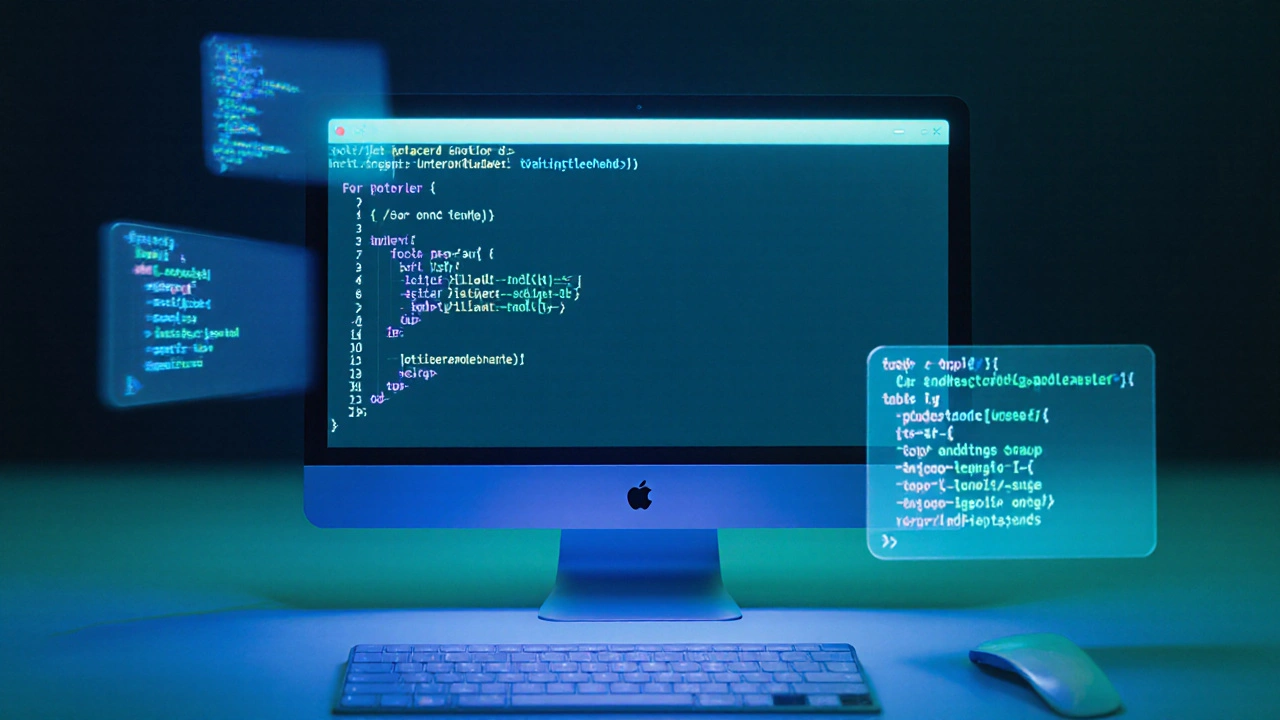Python Coding Hacks: Real Tricks to Write Faster, Cleaner Code
When you write Python, a high-level programming language known for its readable syntax and vast library support. Also known as Python programming, it's the go-to language for everything from automating spreadsheets to training AI models. Most people learn the basics—variables, loops, functions—but the real power comes from the coding hacks pros use every day. These aren’t flashy tricks from YouTube tutorials. They’re the quiet, repeatable patterns that turn messy scripts into clean, maintainable code.
These hacks rely on core Python features like list comprehensions, a compact way to create lists by filtering and transforming data in one line, context managers, tools like 'with' that automatically handle resource cleanup, like closing files or database connections, and type hints, annotations that make code self-documenting and help catch errors before runtime. You don’t need a computer science degree to use them—you just need to know when and why they matter. For example, instead of writing a five-line loop to filter numbers, a single list comprehension does it faster and with less room for bugs. Or using a context manager to open a file means you never forget to close it, even if an error pops up.
These aren’t just about writing less code—they’re about writing smarter code. Python’s design lets you express complex logic simply, and these hacks unlock that potential. Whether you’re cleaning up messy data, building a small API, or feeding inputs into an AI model, these patterns reduce bugs, speed up reviews, and make your code easier for others to follow. The posts below pull straight from real workflows—no theory, no fluff. You’ll find exactly how top developers use these tricks to cut development time, avoid common pitfalls, and build code that lasts.

- Nov 25, 2025
- Alfred Thompson
- 0 Comments
Python Tricks: Essential Coding Shortcuts Every Pro Uses
Discover essential Python tricks used by professional developers to write cleaner, faster, and more maintainable code. From list comprehensions to pathlib and lru_cache, these practical shortcuts boost productivity without complexity.
